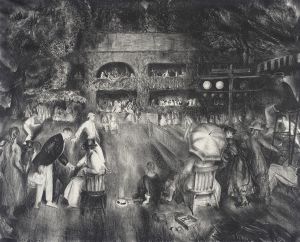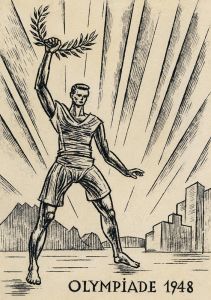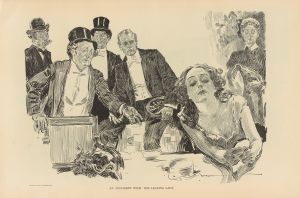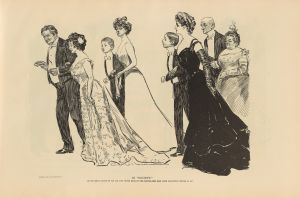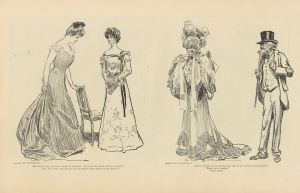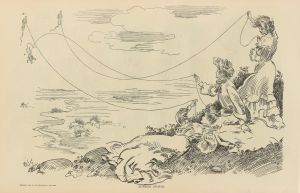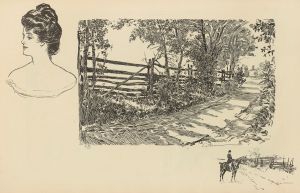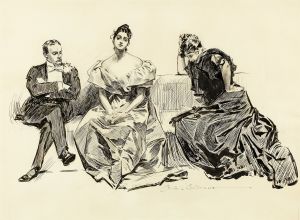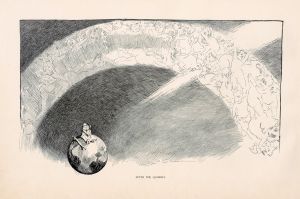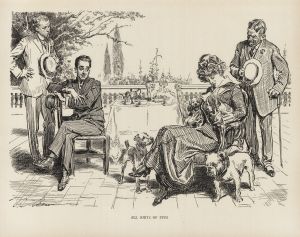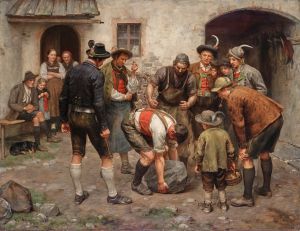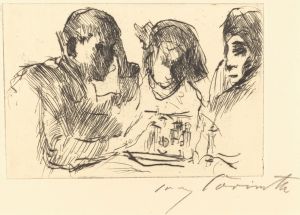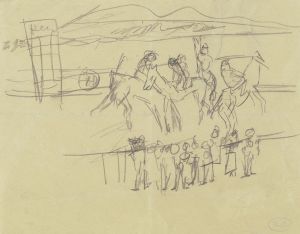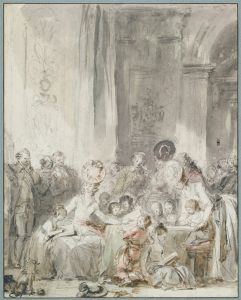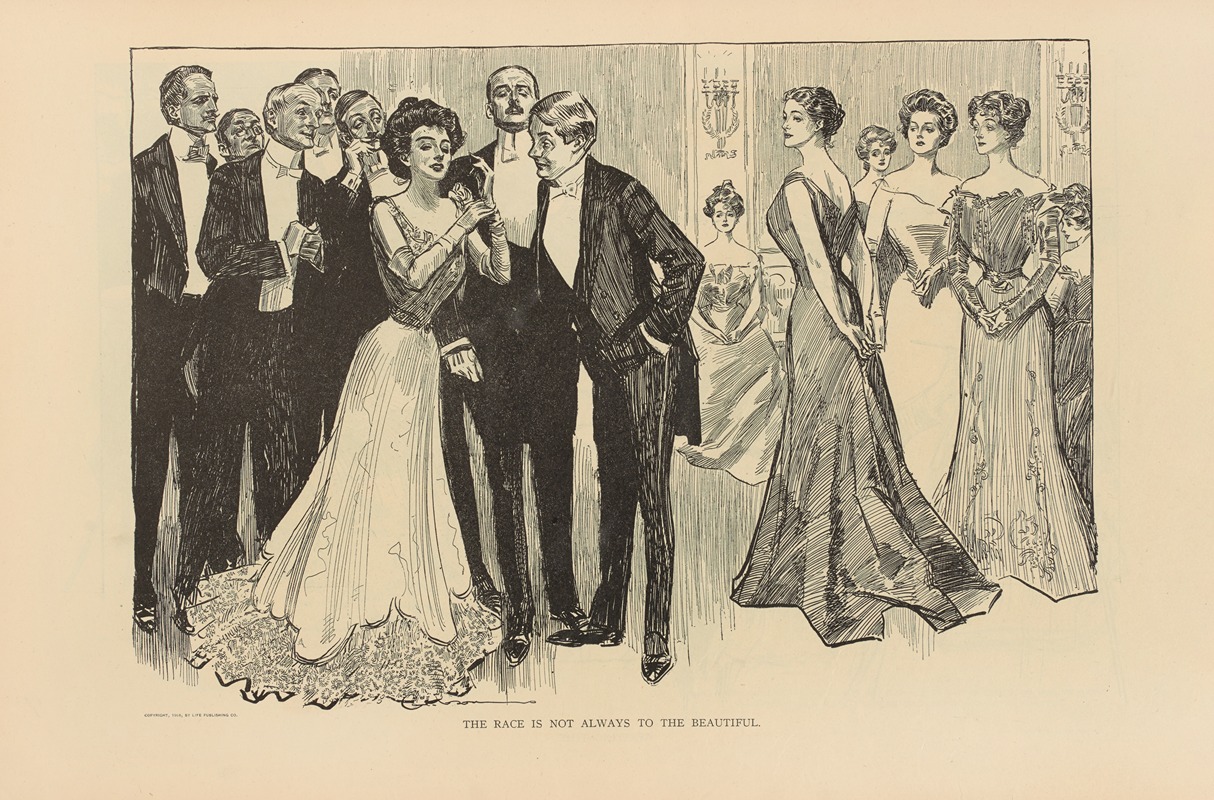
The race is not always to the beautiful
A hand-painted replica of Charles Dana Gibson’s masterpiece The race is not always to the beautiful, meticulously crafted by professional artists to capture the true essence of the original. Each piece is created with museum-quality canvas and rare mineral pigments, carefully painted by experienced artists with delicate brushstrokes and rich, layered colors to perfectly recreate the texture of the original artwork. Unlike machine-printed reproductions, this hand-painted version brings the painting to life, infused with the artist’s emotions and skill in every stroke. Whether for personal collection or home decoration, it instantly elevates the artistic atmosphere of any space.
Charles Dana Gibson was an influential American illustrator best known for his creation of the "Gibson Girl," a representation of the idealized American woman at the turn of the 20th century. His work was widely published in magazines such as Life, Harper's Weekly, and Scribner's, and he became one of the most celebrated illustrators of his time. Among his numerous works, "The race is not always to the beautiful" is one of the pieces that showcases his distinctive style and social commentary.
"The race is not always to the beautiful" is a black-and-white illustration that reflects Gibson's keen observation of social dynamics and human nature. The title itself is a play on the biblical phrase "the race is not to the swift," suggesting that beauty does not always guarantee success or victory. This theme is consistent with Gibson's broader body of work, which often explored the complexities of social status, gender roles, and the nature of attraction.
In this particular illustration, Gibson employs his characteristic pen-and-ink technique to create a scene that is both detailed and expressive. The composition typically features a group of elegantly dressed men and women, with the central focus on a woman who may not fit the conventional standards of beauty yet commands attention and admiration. This juxtaposition serves to challenge the viewer's perceptions of beauty and success, encouraging a deeper reflection on societal values.
Gibson's work, including "The race is not always to the beautiful," was influential in shaping the cultural landscape of the early 20th century. His illustrations captured the spirit of the Progressive Era, a time of significant social change in America. The Gibson Girl, in particular, became an iconic symbol of the new, independent woman, embodying both beauty and intelligence. While "The race is not always to the beautiful" does not specifically feature a Gibson Girl, it shares the same underlying themes of challenging traditional norms and celebrating individuality.
The impact of Gibson's work extended beyond the pages of magazines. His illustrations influenced fashion, with women emulating the style and demeanor of the Gibson Girl. The popularity of his work also contributed to the rise of illustration as a respected art form, paving the way for future generations of artists.
In summary, "The race is not always to the beautiful" by Charles Dana Gibson is a notable example of his ability to blend artistry with social commentary. Through his detailed and expressive illustrations, Gibson offered a nuanced perspective on beauty and success, challenging societal norms and encouraging viewers to reconsider their assumptions. His work remains a significant part of American art history, reflecting the cultural and social dynamics of his time.





